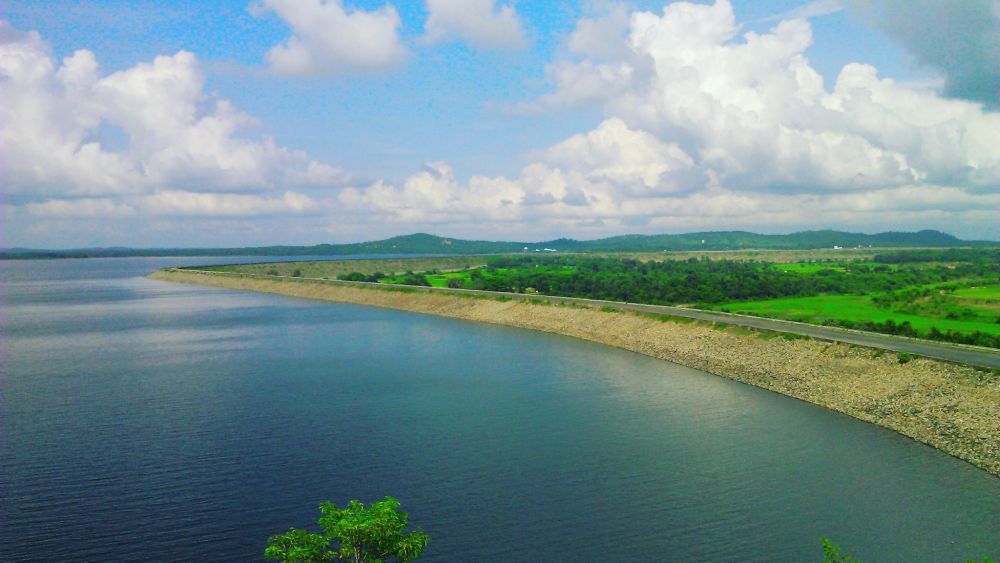

Mukutmanipur Dam, nestled in the district of Bankura in West Bengal, is not merely an architectural triumph but a serene retreat that has been attracting visitors for decades. This colossal structure, constructed at the confluence of the Kangsabati and Kumari rivers, was completed in the late 1950s. It was primarily built for irrigation and flood control, but over time it became a focal point of tourism in the region.
Tourism in Mukutmanipur started flourishing in the late 20th century as the untouched beauty of the region began drawing nature lovers and weekend tourists from nearby cities. The dam, with its vast reservoir stretches over an area of 86 square kilometers, became known for its picturesque landscapes and tranquil environment.
Visitors to Mukutmanipur can enjoy boat rides on the serene waters of the dam, explore the verdant hills and forests surrounding the area, or spend a relaxing day picnicking on the banks with a view of the shimmering expanse. The nearby Banpukuria Deer Park adds wildlife flavor to the otherwise serene settings. With the chance to spot deer in their natural habitat, this has been an additional draw for tourists.
Nearby attractions like the ancient temples in Ambikanagar and the rich cultural heritage of Bankura add a historical and spiritual dimension to the touristic experience, complementing the natural allure of Mukutmanipur Dam.
Over the years, the area has seen development in tourist infrastructure. Resorts and lodges tailored for varying budgets have been established, allowing for comfortable stays. The Government of West Bengal has taken significant steps in promoting tourism in Mukutmanipur by improving the quality of roads and other tourist facilities.
Eco-tourism has become a significant trend in recent years. With a growing awareness of sustainable travel, tourists are often looking for destinations that offer an eco-friendly experience. Mukutmanipur, with its emphasis on the natural environment, fits perfectly into this category. Efforts are being made to preserve the local flora and fauna, and to enable visitors to enjoy the area's beauty without leaving a negative impact.
Adventure tourism is also on the rise, with activities like trekking, cycling, and camping becoming increasingly popular among young travelers seeking a blend of thrill and nature.
Social media influence and digital marketing have also impacted tourism in Mukutmanipur. Attractive photography and promotional content shared over various platforms have led to an increase in tourism, particularly among the younger demographic who are eager to discover new and 'Instagrammable' travel spots.
The future of tourism in Mukutmanipur looks promising. With the government's ongoing efforts to enhance tourist infrastructure coupled with the region's inherent natural and cultural allure, Mukutmanipur is on its way to becoming a well-known destination in not just West Bengal, but also in India.
As the globe grapples with the need for sustainable development, Mukutmanipur's tourism scene continues to evolve, balancing growth with ecological preservation to ensure that the area's natural beauty remains untouched for generations to come.